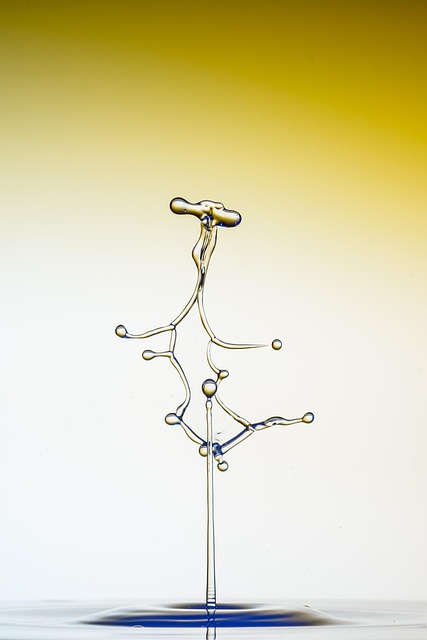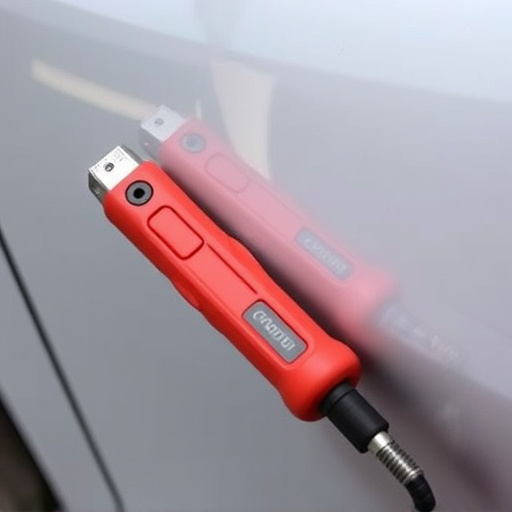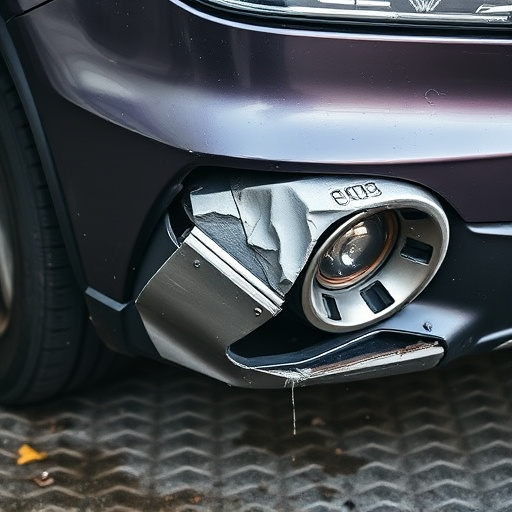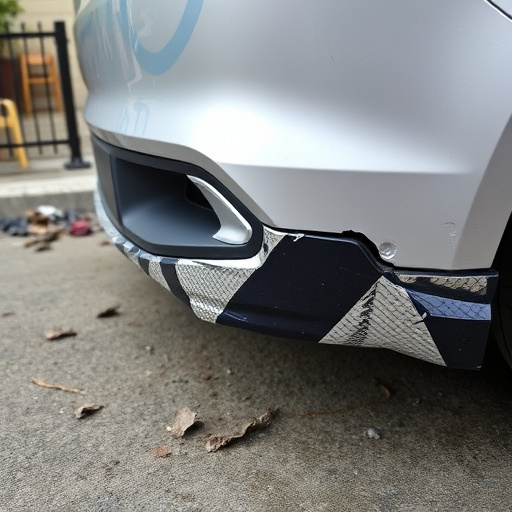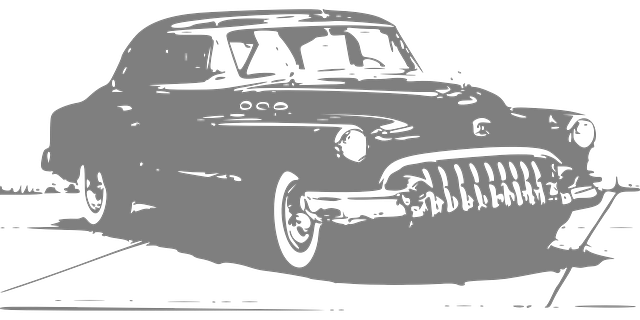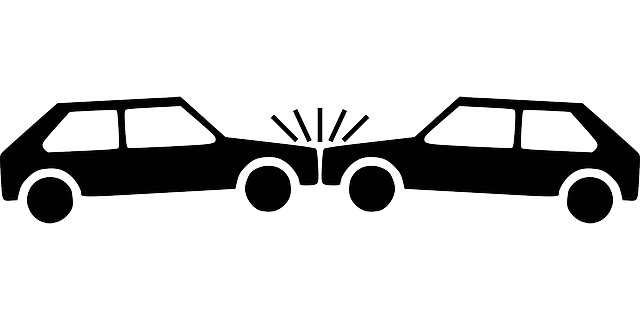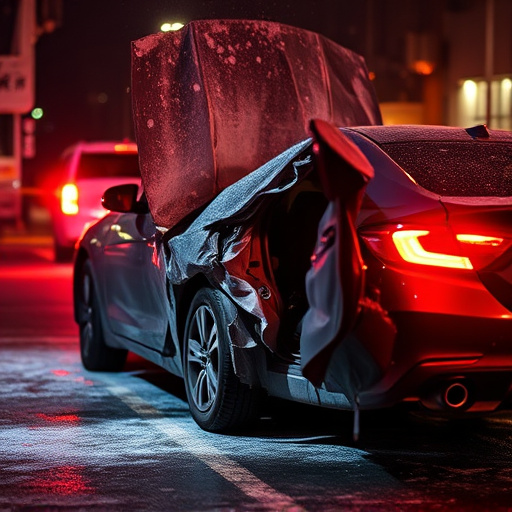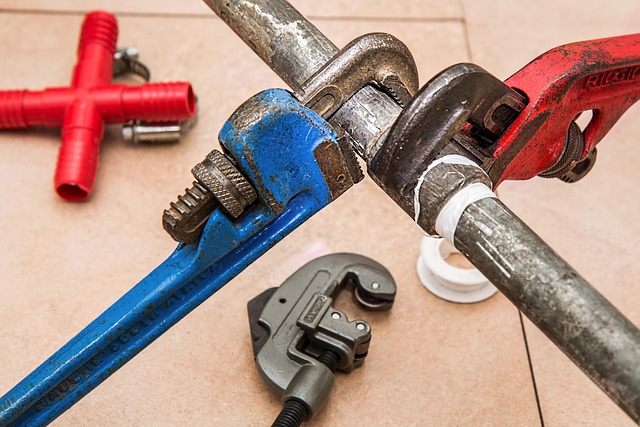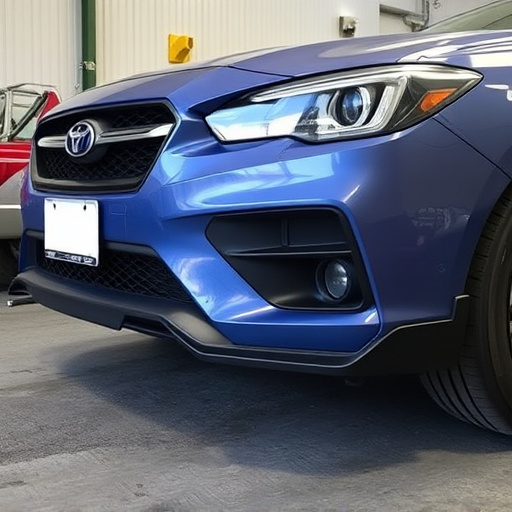Radiator replacement is a critical component of vehicle accident repairs, impacting performance and safety. Technological advancements streamline this process, offering faster, more efficient solutions with specialized tools and digital diagnostic systems. 3D imaging, cloud-based platforms, and integrated car dent/paint repair processes enhance accuracy, collaboration, and turnaround times. AI and machine learning promise further automation and cost savings in the future, making radiator replacement accident repairs more accessible and effective.
In the realm of auto repair, efficient radiator replacement is pivotal for minimizing downtime and costs. When it comes to accident repairs, the process can be complex and time-consuming. However, technology emerges as a game-changer, revolutionizing how we approach radiator replacements in these scenarios. This article explores the digital solutions that streamline the repair process, from advanced diagnostic tools to automated parts ordering, offering a glimpse into the future of faster, more effective radiator replacement for accident repairs.
- Understanding Radiator Replacement in Accident Repairs
- The Role of Technology in Streamlining the Process
- Benefits and Future Prospects of Digital Solutions
Understanding Radiator Replacement in Accident Repairs
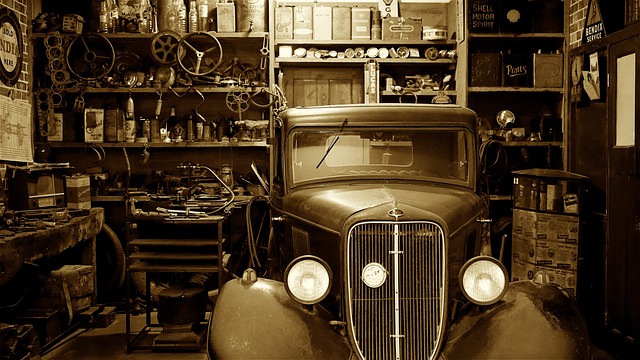
Radiator replacement is a critical process within accident repairs, as it directly impacts a vehicle’s performance and safety. In the event of a collision, damage to the radiator can lead to severe consequences, including engine overheating, reduced cooling efficiency, and even catastrophic failure. Therefore, understanding the intricacies of this procedure is paramount for professionals in the automotive repair industry, particularly those specializing in car bodywork services.
Efforts to streamline radiator replacement accident repairs have been driven by technological advancements, offering more efficient and cost-effective solutions. These innovations range from specialized tools designed for faster disassembly and assembly, to digital diagnostic systems that accurately identify issues within the vehicle’s cooling system. Moreover, integrating these technologies with car scratch repair techniques allows for a comprehensive approach to vehicle bodywork services, ensuring not only functional repairs but also aesthetic enhancements.
The Role of Technology in Streamlining the Process
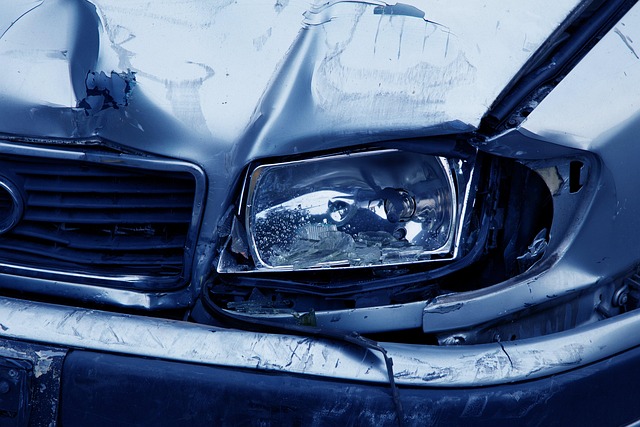
In today’s digital era, technology plays a pivotal role in streamlining processes across various industries, and radiator replacement accident repairs are no exception. Innovative tools and software solutions have revolutionized how auto repair shops handle these complex tasks. For instance, advanced 3D imaging and scanning technologies can swiftly capture accurate vehicle data, enabling mechanics to diagnose issues more efficiently. This reduces the time typically spent on manual inspections and measurements, thereby expediting the entire radiator replacement process.
Furthermore, digital documentation and cloud-based platforms facilitate seamless communication and collaboration among team members. Real-time updates on repair progress, material inventory, and customer communications ensure a smooth workflow. Additionally, these technologies enable specialized car dent repair and vehicle paint repair processes to be integrated seamlessly into the main repair stream, contributing to faster overall turnaround times for radiator replacement accident repairs.
Benefits and Future Prospects of Digital Solutions
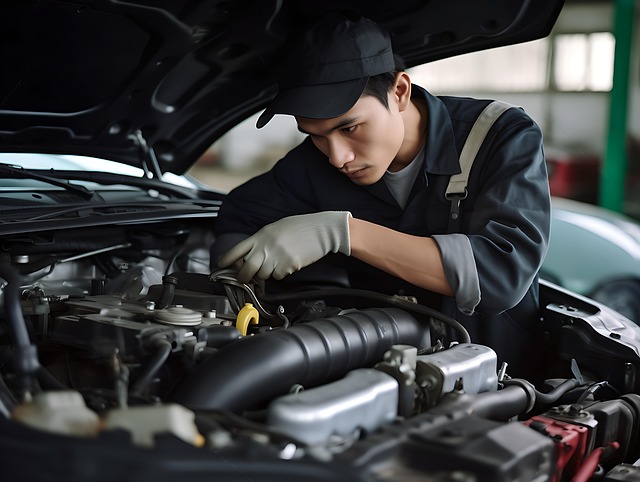
The integration of digital solutions in radiator replacement accident repairs brings about numerous advantages. Firstly, it streamlines the process by enabling efficient communication and collaboration among repair teams, ensuring faster turnaround times. Advanced technologies like 3D modeling and virtual reality can accurately visualize and plan repairs, minimizing errors and waste. This not only enhances the overall quality of car collision repair but also reduces costs associated with reworking.
Looking ahead, digital solutions hold promise for further revolutionizing auto detailing and paintless dent repair processes. The adoption of artificial intelligence and machine learning algorithms could automate certain aspects of damage assessment and repair, making these services more accessible and cost-effective. As technology continues to evolve, we can expect even more innovative ways to enhance the efficiency, accuracy, and sustainability of radiator replacement accident repairs.
In conclusion, leveraging technology to streamline radiator replacement in accident repairs offers significant benefits such as increased efficiency, reduced costs, and faster turnaround times. As digital solutions continue to evolve, their integration into automotive repair processes will only become more seamless. This not only enhances the overall customer experience but also ensures that repairs are conducted with precision and speed, contributing to a safer and more sustainable transportation landscape.
